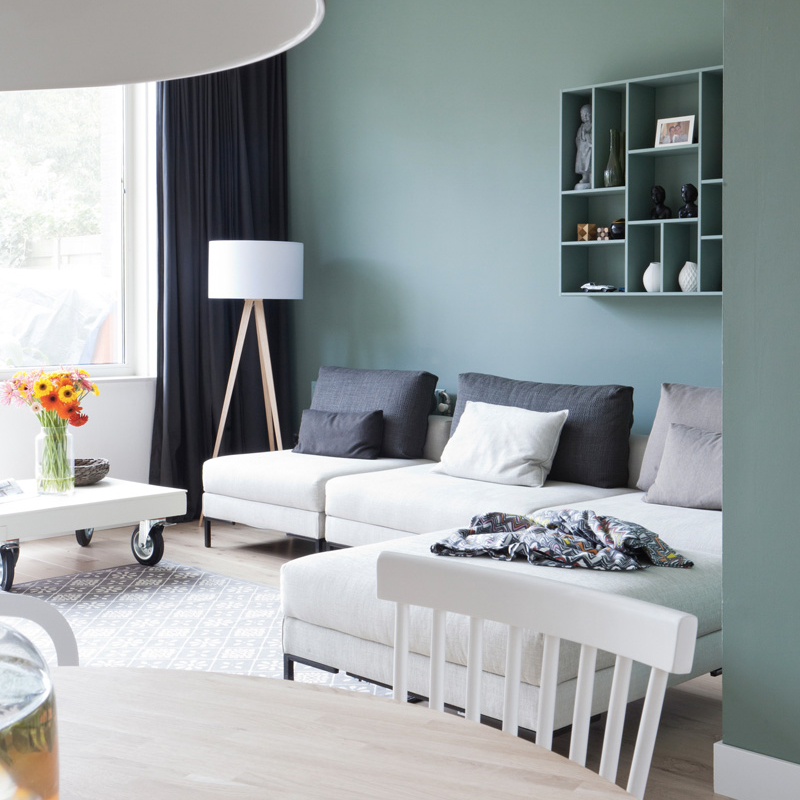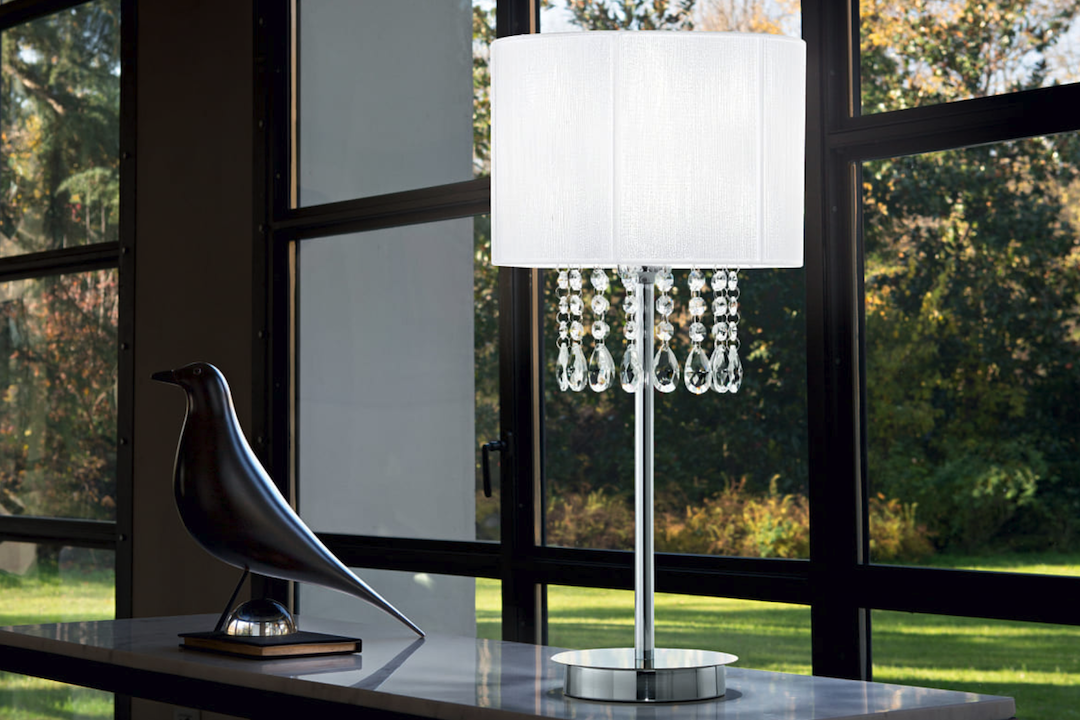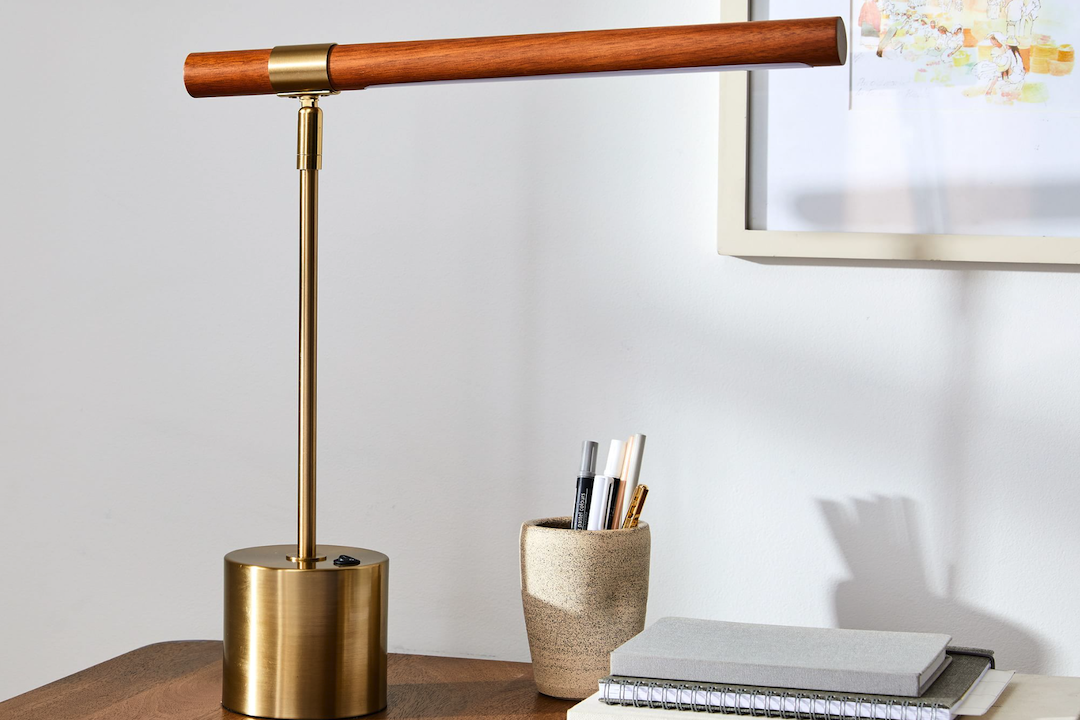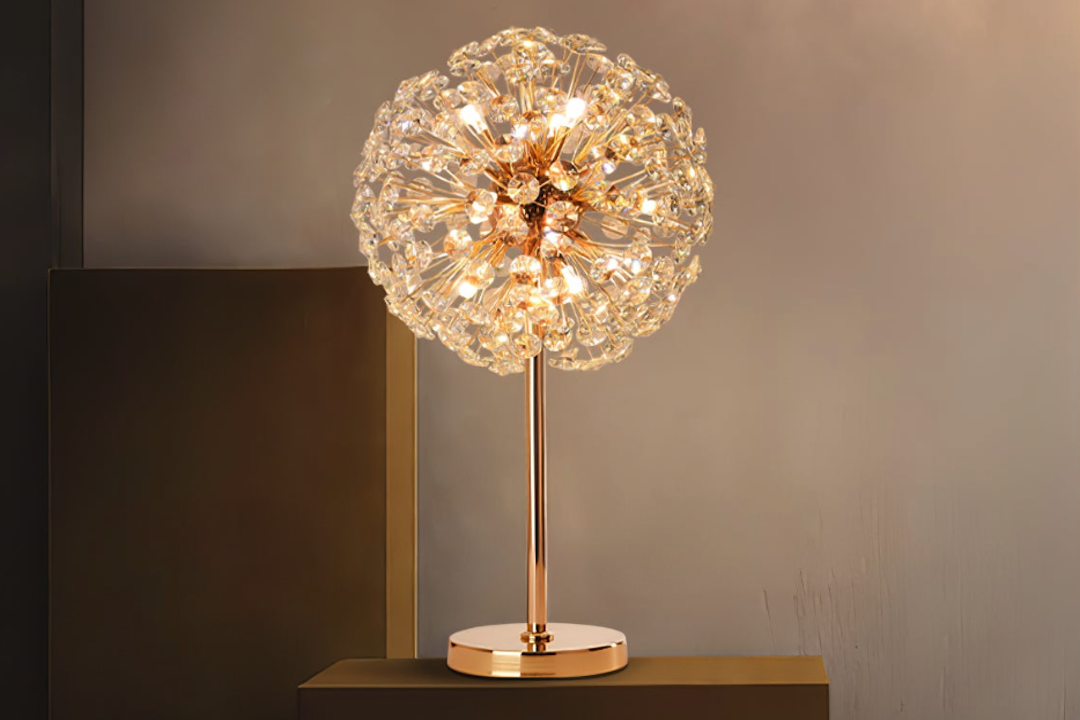Modern LED wall and table lamps have revolutionized the way we illuminate our living spaces. One of the most significant advantages of LED lighting is its energy efficiency. Unlike traditional incandescent bulbs, which convert a mere 10% of their energy into light while wasting the rest as heat, LED bulbs utilize approximately 80-90% of their energy for illumination.
This efficiency translates into lower electricity bills and a reduced carbon footprint, making LED lamps an environmentally friendly choice. Furthermore, the longevity of LED bulbs is remarkable; they can last up to 25,000 hours or more, significantly outpacing traditional bulbs that typically last around 1,000 hours. This durability not only saves money on replacements but also reduces waste, contributing to a more sustainable lifestyle.
In addition to their energy efficiency and longevity, modern LED lamps Kensulighting offer a wide range of design options that cater to various aesthetic preferences. From sleek, minimalist designs to ornate, vintage-inspired styles, there is an LED lamp to suit every taste. The versatility of LED technology allows for innovative designs that can serve as statement pieces in a room.
Moreover, many LED lamps now come with adjustable color temperatures, enabling users to switch between warm and cool light depending on the time of day or the mood they wish to create. This adaptability enhances the functionality of these lamps, making them not just sources of light but integral components of home decor.
Choosing the Right Style for Your Living Room
Selecting the appropriate style for wall and table lamps in your living room is crucial for achieving a cohesive look. The first step in this process is to consider the overall theme and color palette of the room. For instance, if your living room features a contemporary design with clean lines and neutral colors, opting for sleek, geometric LED lamps can enhance the modern aesthetic.
On the other hand, if your space is more traditional or rustic, you might choose lamps with warm finishes like bronze or brass, which can add a touch of elegance and warmth. Another important factor to consider is the scale of the lamps in relation to your furniture and space. A large, bold table lamp can serve as a focal point on a side table or console, while smaller wall-mounted fixtures can provide subtle illumination without overwhelming the space.
Additionally, consider the height of your furniture; a lamp that is too tall may obstruct sightlines or feel out of proportion. Conversely, a lamp that is too short may not provide adequate lighting for reading or other activities. Striking the right balance between style and functionality will ensure that your lighting complements your living room’s design while serving its practical purpose.
Maximizing Energy Efficiency with LED Lighting
Maximizing energy efficiency with LED lighting goes beyond simply choosing LED bulbs; it involves understanding how to use them effectively within your home. One effective strategy is to utilize smart lighting systems that allow you to control your lights remotely or set schedules for when they turn on and off. For example, you can program your LED wall lamps to turn on at dusk and off at dawn, ensuring that they are only in use when needed.
This not only conserves energy but also extends the lifespan of your bulbs. Another way to enhance energy efficiency is by incorporating dimmable LED lamps into your lighting scheme. Dimming your lights can significantly reduce energy consumption while also allowing you to adjust the brightness according to your needs.
For instance, during a cozy movie night, you might prefer softer lighting, while brighter illumination may be necessary for tasks like reading or working. By investing in dimmable options and utilizing them wisely, you can create a more versatile lighting environment that adapts to various activities while keeping energy usage in check.
Incorporating Smart Technology into Your Lighting
The integration of smart technology into modern LED lighting has transformed how we interact with our home environments. Smart LED lamps can be controlled via smartphone apps or voice-activated devices, providing unparalleled convenience and customization. For example, you can adjust the brightness or color temperature of your table lamp from across the room without having to get up.
This level of control not only enhances comfort but also allows for greater flexibility in creating different atmospheres throughout your living space. Moreover, many smart LED systems offer features such as scheduling and automation. You can set your lamps to gradually brighten in the morning to simulate a natural sunrise, helping you wake up more gently.
Additionally, some systems allow for integration with other smart home devices, such as security systems or smart thermostats. For instance, you could program your lights to flash when your security system detects motion, providing an added layer of safety. The ability to customize and automate your lighting not only enhances convenience but also contributes to a more efficient and responsive home environment.
Creating Ambiance with Dimmable LED Lamps
Dimmable LED lamps are essential tools for creating ambiance in any living space. The ability to adjust brightness levels allows homeowners to tailor their lighting according to specific activities or moods. For instance, during a dinner party, you might want to lower the lights to create a warm and inviting atmosphere that encourages conversation and relaxation.
Conversely, when hosting a game night or watching a movie, brighter lighting may be necessary for visibility and engagement. In addition to adjusting brightness levels, many dimmable LED lamps also offer color temperature options that can further enhance ambiance. Warmer tones can evoke feelings of comfort and intimacy, making them ideal for social gatherings or quiet evenings at home.
Cooler tones, on the other hand, can promote alertness and focus, making them suitable for workspaces or reading nooks. By strategically using dimmable LED lamps throughout your living room, you can create dynamic environments that adapt to various occasions and enhance the overall experience of your space.
Tips for Proper Placement of Wall and Table Lamps
Table Lamps: Height and Placement
When positioning table lamps, consider their height in relation to seating areas. Ideally, the bottom of the lampshade should be at eye level when seated; this ensures that light is directed where it is needed most without causing glare. Additionally, placing lamps on side tables next to sofas or chairs creates a cozy reading nook while providing functional lighting for activities like knitting or browsing through books.
Wall-Mounted Lamps: Functionality and Design
For wall-mounted lamps, placement should take into account both functionality and design elements within the room. Wall sconces can be used to highlight artwork or architectural features while providing ambient light.
Wall Lamps: Height, Spacing, and Comfort
When installing wall lamps beside a bed or sofa, ensure they are positioned at a height that allows for comfortable reading without straining the eyes. Furthermore, consider spacing; placing wall lamps too close together can create an unbalanced look while leaving too much distance may result in inadequate illumination in certain areas.
Incorporating LED Lighting into Your Home Decor
Incorporating LED lighting into your home decor involves more than just selecting functional fixtures; it requires thoughtful integration into your overall design scheme. One effective approach is to use LED strip lights as accent lighting in various areas of your home. These flexible strips can be installed under cabinets in kitchens or along shelves in living rooms to create a soft glow that highlights architectural features or decorative items without overwhelming the space.
Another way to blend LED lighting with decor is by choosing fixtures that complement existing furnishings and color schemes. For example, if your living room features mid-century modern furniture with warm wood tones, selecting brass or gold-finished LED lamps can enhance this aesthetic while providing necessary illumination. Additionally, consider using decorative shades or colored bulbs that align with your decor theme; this allows you to personalize your lighting while ensuring it harmonizes with other elements in the room.
Maintenance and Care for Your Modern LED Lamps
Maintaining modern LED lamps is relatively straightforward compared to traditional lighting options; however, some care practices can help extend their lifespan and ensure optimal performance. Regular dusting is essential; accumulated dust can obstruct light output and lead to overheating over time. Using a soft cloth or microfiber duster will help keep both the lamp body and shade clean without scratching surfaces.
Another important aspect of maintenance is checking connections and ensuring that fixtures are securely installed. Loose connections can lead to flickering lights or reduced performance; tightening screws and ensuring proper installation will help prevent these issues. Additionally, if you notice any changes in brightness or color output from your LED lamps, it may be time to check for compatibility with dimmers or smart systems being used in conjunction with them.
By following these simple maintenance tips, you can enjoy the benefits of modern LED lighting for years to come while keeping your fixtures looking their best.





